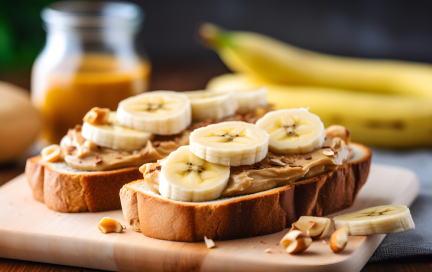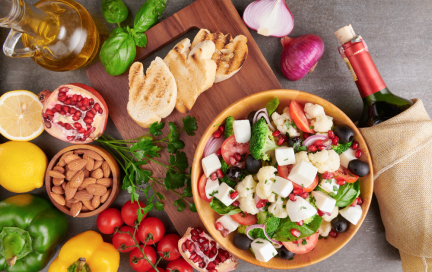{{ banner_block|raw }}
Understanding the muscles in your core
When people say “abs,” they usually mean that six-pack. But your core is made up of several key muscles working together:
Rectus abdominis: The visible “six-pack” muscle that helps you bend forward.
Obliques: Run along your sides and help with rotation and side-bending.
Transverse abdominis: Deep, internal core muscle that acts like a natural corset, holding everything in.
A well-rounded ab workout should target all these muscles, not just the ones you can see.
Why bodyweight exercises are perfect for home workouts
You don’t need machines or fancy equipment to build strong abs. In fact, bodyweight workouts are:
Effective for building functional strength
Easier on the joints
Adaptable for beginners and advanced levels
Space-saving and equipment-free
Planks, crunches, leg lifts, and dead bugs — all of these work beautifully on a mat in your living room.
The role of nutrition in achieving toned abs
No workout can out-train a poor diet. If your abs are hiding under a layer of fat, you won’t see definition — no matter how strong they are. Focus on:
Creating a slight calorie deficit
Eating enough protein for muscle repair
Limiting processed sugars and alcohol
Staying hydrated
Abs are made in the kitchen — not just in the gym. It’s 70% what you eat, 30% how you train.
Looking for healthy recipes? Don’t miss our helpful collection — simple, tasty, and good for you! 💚
Setting up a workout space at home
All you need is a mat and enough space to lie down with your arms stretched out. Optional add-ons:
A yoga block or towel for support
Resistance bands for progression
A mirror to check your form
Music or a fitness app for motivation
Keep it simple. Consistency matters more than setup.
Core exercises you can do on a mat
Try combining 4–6 of these moves into your weekly routine:
Crunches (upper abs)
Leg raises (lower abs & hip flexors)
Bicycles (obliques)
Dead bugs (deep core)
Plank holds (full core stability)
Reverse crunches (lower abs)
Scissor kicks (lower core endurance)
How to structure your weekly ab workout routine
Here’s a simple beginner-friendly structure:
2–3 ab workouts per week
Include both dynamic (crunches, twists) and static (planks) exercises
15–20 minutes max per session
Rest days in between to recover and grow
Abs get worked in compound movements too, so don’t overtrain them.
Tracking your progress without gym equipment
You don’t need a scale to track progress. Instead:
Take weekly progress photos
Measure waist circumference
Track reps and sets to see strength gains
Log how long you can hold a plank or do flutter kicks
Celebrate small wins — more reps, better form, longer holds — they add up.
{{ promotion_block|raw }}
Incorporating cardio and flexibility for better results
Cardio helps burn fat, making your abs more visible. Try:
Jump rope
High knees
Mountain climbers
Burpees
Fast-paced walk or jog
Also add a short core stretch session at the end of your workout. It boosts flexibility, improves posture, and reduces soreness the next day.
Avoiding common mistakes in home workouts
❌ Doing abs exercises every day — they need recovery like any other muscle.
❌ Poor form — leads to neck or back strain.
❌ Only training abs — work your whole body for better fat loss.
❌ Skipping warm-up — a few twists and tilts prepare your body for movement.
Always prioritize form over speed and focus on muscle activation, not momentum.
✅ Eat well. Train regularly. Stay consistent. You’ve got this.
















